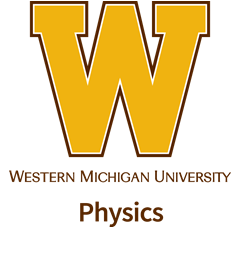Speaker
Dr
Stephanie Hansen
(Sandia National Laboratory)
Description
Opacity calculations of multi-electron ions in hot, dense plasmas, such as iron in the solar photosphere, require a complete accounting of myriad radiative transitions. One strategy for developing generally reliable and computationally tractable opacity models is to simplify some portion of these transitions while preserving a high level of fidelity in others. This approach ensures both completeness, which is a fundamental requirement of opacity models reliable enough to use in astrophysical applications [1], and spectroscopic accuracy, which is important for comparisons with high-resolution benchmark experiments such as those from Sandia’s Z facility [2,3].
1. C.A. Iglesias and S.B. Hansen, Astrophys J. 835, 284 (2017)
2. J.E. Bailey et al., Phys. Rev. Lett. 99, 265002 (2007).
3. J.E. Bailey et al., Nature 517, 56 (2015).
Sandia National Laboratories is a multimission laboratory managed and operated by National Technology and Engineering Solutions of Sandia, LLC., a wholly owned subsidiary of Honeywell International, Inc., for the U.S. Department of Energy's National Nuclear Security Administration under contract DE-NA-0003525.
Author
Dr
Stephanie Hansen
(Sandia National Laboratory)
Co-author
Dr
Carlos A. Iglesias
(Lawrence Livermore National Laboratory)

